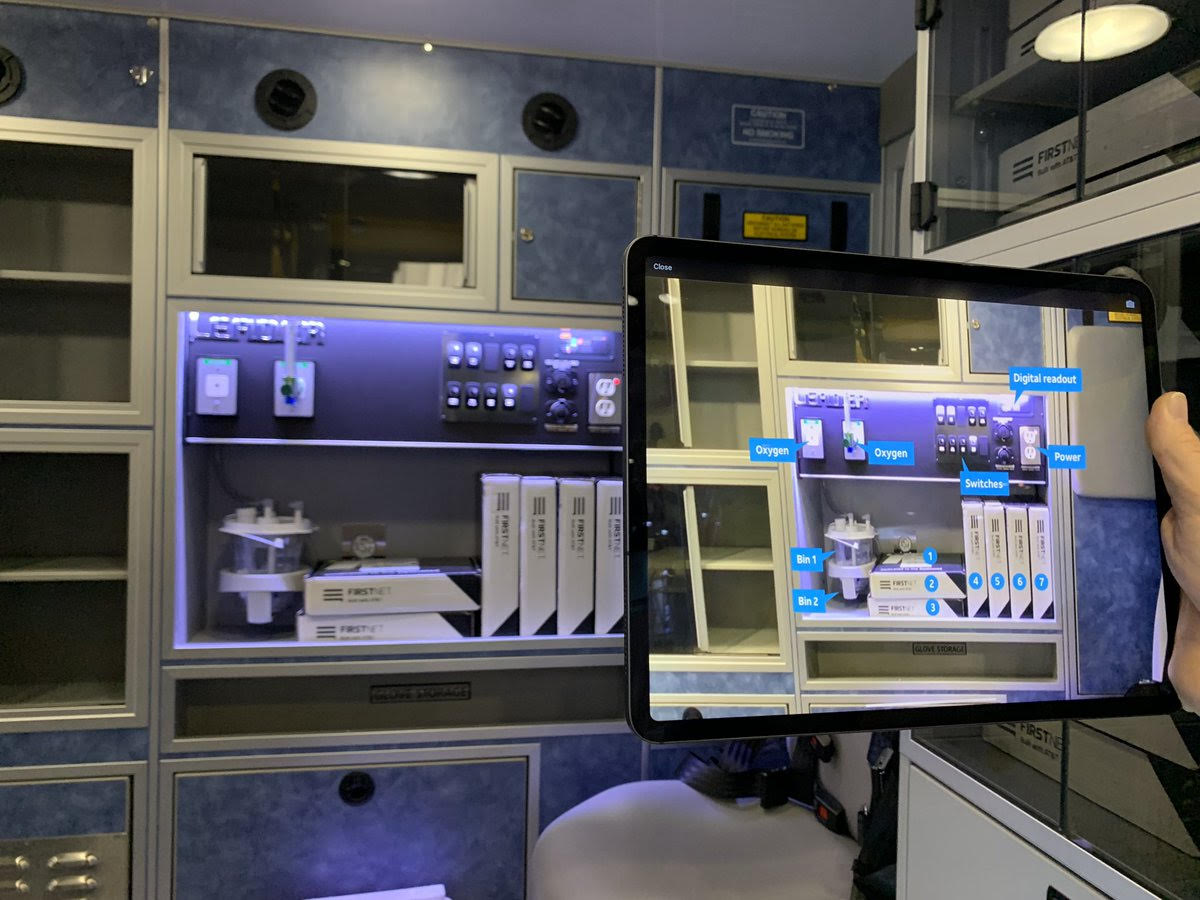Joe Zeff Design helped two Fortune 100 clients dazzle audiences this week using Bigtincan’s newest feature, an augmented reality viewer that changes the way people see the world around them.
In one case, the client used AR to add impact to its highly anticipated brand relaunch in Madrid. A speaker presented on stage using an iPad. When he pointed his iPad at the wall behind him, the company’s new identity magically appeared, with three buttons underneath. Each button yielded a virtual carousel of supporting content that floated above the stage through his iPad camera, providing context and excitement to the reveal.
The other event took place, appropriately enough, at a major healthcare conference down the road from Disney’s Magic Kingdom. JZD planted augmented reality triggers throughout the client’s exhibit, bringing real-world objects to life with Bigtincan’s new camera. We added animation and sound to printed signs, enabled visitors to see through walls, placed virtual labels atop real-world objects, and helped people understand what made each of the featured products and services special.
Augmented reality was a difference-maker at both events. Attendees in Madrid buzzed about the brand reveal, and the AR-infused exhibit in Orlando won raves from social media influencers. In both cases, JZD developed the content and deployed augmented reality on 12.9-inch iPad Pros using test versions of Bigtincan’s next software release. This new capability leverages Apple’s ARkit development tools for iOS, as well as the expansive screen and speakers of the iPad Pro.
Augmented Reality 101
Augmented reality blends virtual content with real-life objects and places. It differs from virtual reality in that virtual reality has no real-life component. For that reason, augmented reality is more a suitable way to help people interact with objects and places that are directly in front of them.
Augmented reality depends on hardware and software. It typically runs on mobile devices and headsets, as the experience requires cameras and screens. Cameras detect real-world triggers that launch AR experiences; screens present content over top of what’s visible through a camera or lens. Bigtincan‘s AR viewer works on iOS devices, activated through a dropdown menu on the home screen.
Triggers can be image-based, object-based, or location-based. When the software detects a match between what it sees and what it has been programmed to recognize, it launches the experience. Image-based recognition is generally more reliable than object-based recognition, and sometimes images are combined with objects to improve reliability.
Experiences come in myriad shapes and sizes: images, animation, captions, sound, documents, web content, maps, 360 photography and video, lifelike 3D objects you can rotate and resize, Infographics and diagrams, flash cards, scratch-off content, and more. Bigtincan‘s solution adds interactivity to the mix, with the ability to create tappable areas that lead to deeper stories or bonus content.
Lessons Learned
What we’ve learned from two real-world implementations of augmented reality for business:
We favor phones and tablets over headsets and goggles.
Two reasons:
- Users apprehensive about germs seemed reluctant to place an object against their face, particularly an object used over and over at an event.
- There’s an adjustment period when someone enters a virtual world through a headset, which tends to interrupt the flow of a conversation.
We love augmented reality as a way to support meaningful, face-to-face conversations, the type of conversations that lead to sales. A portable screen can be lifted to make a point, then lowered to continue the conversation. iPhones work well for training, where content can be accessed by an individual where and when relevant. iPads are better for sales presentations, where the larger screen provides a better environment for group conversations.
Annotated reality is incredibly powerful.
We can add virtual labels to real-world objects that turn clutter into clarity. This makes sense for training employees, enlightening customers, and helping anyone understand what’s immediately in front of them. Each label can be linked to other interactive content that provides context, instructions, product features, entry fields for forms, real-time data, even a human being who can answer their questions.
Augmented reality comes in all shapes and sizes.
We planted triggers large and small — credit card-sized Images, large-format posters, a bottle that you can holding one hand, a two-story-tall staircase. We used it for one-on-one conversations in one venue and group presentations at another. There’s no reason you couldn’t deploy augmented reality in a store window, on a stadium scoreboard or even on a Times Square billboard to captivate thousands of people at once.
There’s no limit to how augmented reality can reshape business.
We now have the potential to embed interactive experiences inside everyday objects and places, transforming the way we train, sell and present.
We can add gamification to retail by hiding exclusive deals inside stores, unlocked by finding discounts and promotions within real-world environments.
We can infinitely extend store shelves by placing virtual products alongside real ones, showing color options, complementary items, or virtual try-ons.
We can help people see behind walls, inside containers, under the hood — not only customers but employees, so they know how things work, what makes them special, how they connect to other things, and what to do if they need help.
We can personalize experiences so that a 5-year-old and a 50-year-old can see the same object or place differently, in a way that connects with their particular interests.
We can deliver stories like never before, combining the things you plainly see with the ideas and information you can’t, to help people understand.
We can do all of this anywhere — in stores, in homes, at conferences, in briefing centers — wherever opportunity presents itself.
Pokémon Go showed the world how augmented reality could mesmerize audiences. Now that same magic is transforming business. We’re excited to work with Bigtincan customers to unlock the potential benefits of this powerful new feature.


